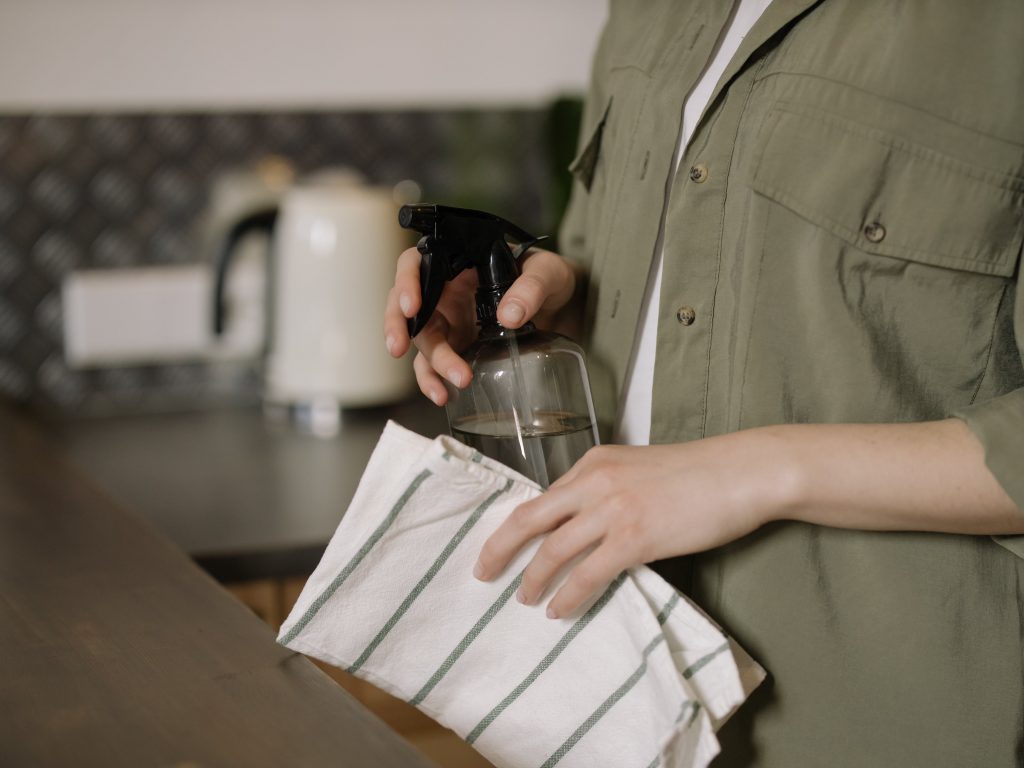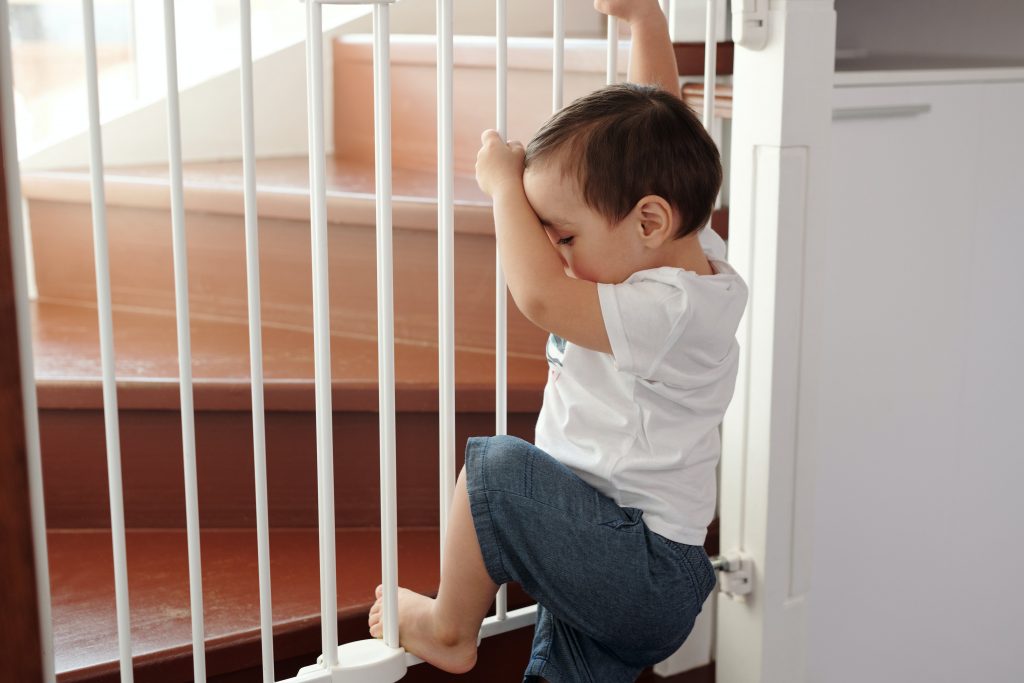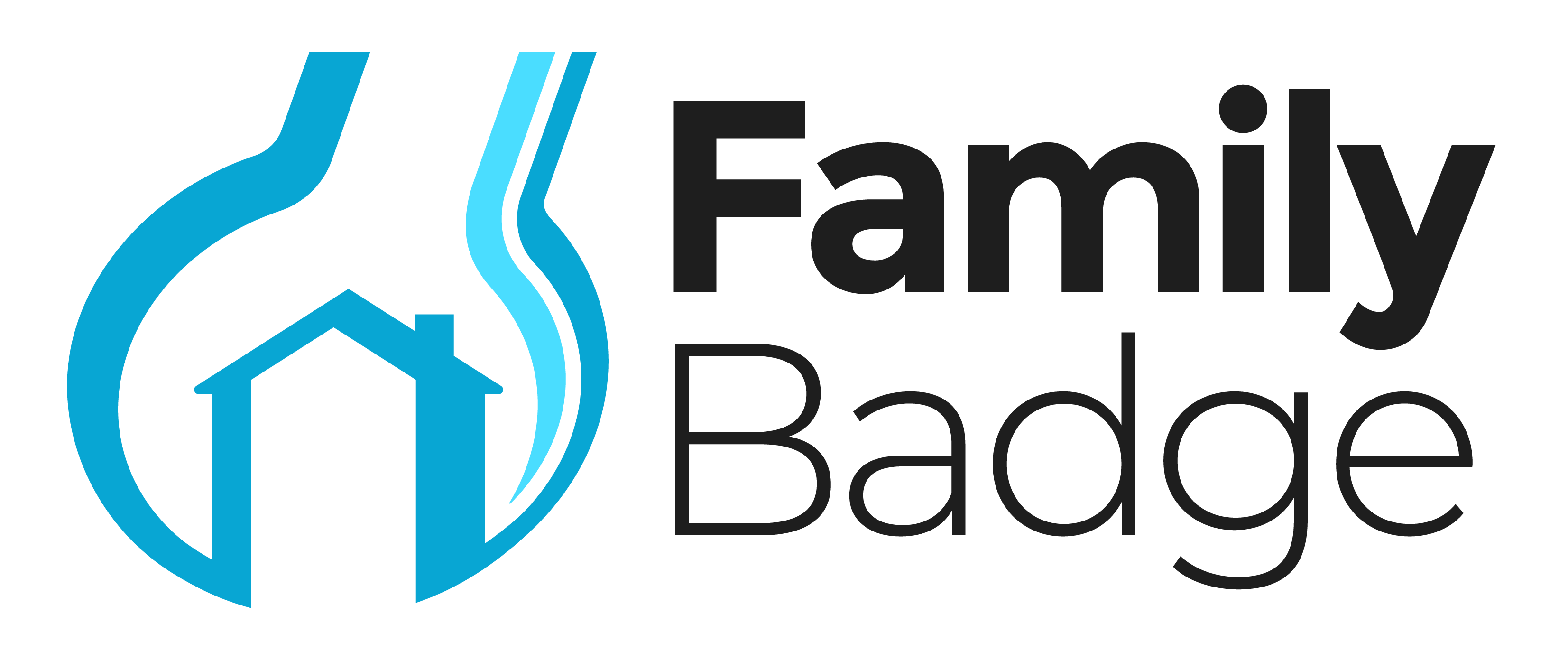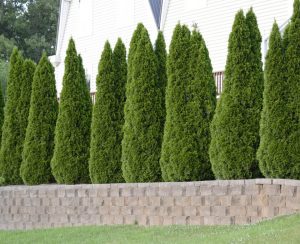-
- Regular cleaning prevents germ build-up, with kitchens and bathrooms needing daily attention due to high bacteria levels.
- Deep cleaning improves air quality reduces allergens, and decluttering can simplify cleaning and reduce dust accumulation.
- Installing a residential reverse osmosis system provides clean and safe water for drinking, cooking, and cleaning.
- Childproofing and kitchen safety measures, alongside safe outdoor play areas, significantly minimize injury risks at home.
- Smoke detectors, first-aid kits, and home security systems are fundamental for emergency preparedness and maintaining a safe home.
When creating a home, ensuring the health and safety of oneself and the family should be a top priority. A home is not just a place to relax and enjoy life; it is also a sanctuary that should provide security. Unfortunately, several factors within your home can pose risks to your well-being.
From harmful chemicals to allergens and unsanitary conditions, these hazards can adversely affect your health and safety. The significance of having a healthy home cannot be overstated. A healthy home is where individuals and their families can thrive and flourish.
It is a place where they can feel safe, both physically and mentally. By prioritizing a healthy home, individuals can create an environment that promotes well-being and minimizes potential risks. This includes taking measures to eliminate harmful chemicals, reduce allergens, and maintain cleanliness and hygiene.
Regular cleaning routines and proper maintenance are essential to prevent the accumulation of dirt, dust, and other potential hazards. This blog post offers a comprehensive guide on creating a healthy home checklist that includes cleaning and safety tips.
Cleanliness for a Healthy Home

Cleanliness is the foundation of a healthy home. It goes beyond just keeping things tidy; it involves eliminating potential health hazards that can accumulate over time. Here are some tips to help maintain a clean and hygienic home:
Daily Cleaning Practices
Cleaning your home regularly creates a safe and healthy environment. Daily cleaning practices include activities such as vacuuming, sweeping, dusting, and wiping surfaces. Frequently handling primary touchpoints such as door handles, remotes, and light switches helps prevent the spread of germs.
Deep Cleaning for Health
Deep cleaning is essential to eliminate allergens and improve indoor air quality. This includes washing bedding, carpets, curtains, and upholstery. Additionally, clean your HVAC systems, change air filters regularly, and open windows to improve ventilation.
Household Water System
Water quality is essential in ensuring a healthy home. It is best to install a residential reverse osmosis system to effectively eliminate harmful contaminants from drinking water, providing you and your loved ones access to clean and safe water.
Moreover, it goes beyond just drinking water – this system also purifies water used for cooking and cleaning, reducing the risk of exposure to potentially harmful chemicals and bacteria.
Allergen Control and Indoor Air Quality
Allergens such as pet dander and dust mites can exacerbate allergies and asthma. Combat allergens by dusting regularly and using vacuum cleaners with HEPA filters. Additionally, ensure that humidity levels are below 50%, as high humidity levels can promote mold growth. Use a dehumidifier where necessary.
Safety Measures for a Secure Home
Apart from cleanliness, maintaining a safe home is equally vital for the well-being of individuals and their families. By prioritizing a safe home environment, individuals can enjoy peace of mind and create a nurturing space for themselves and their loved ones. Here’s how:

Childproofing and Family Safety
Childproofing your home is crucial in preventing injuries to children. Keep dangerous items such as chemicals and medicines out of reach of children. Additionally, install baby gates and cabinet locks to keep children away from hazardous areas. Lastly, ensure that windows and balconies have safety features to prevent falls.
Kitchen Safety
The kitchen is the most dangerous area in the home. Use proper handling techniques when using sharp knives and appliances. Additionally, ensure that pot handles face inward to avoid children accidentally knocking over hot items.
Outdoor Safety and Play Areas
Outdoor safety is essential in ensuring a healthy home. Ensure that the exterior of your house is in good condition. This includes trimming trees and bushes and removing debris. Additionally, ensure that play areas are safe for children. Install protective flooring and supervise children when playing.
Emergency Preparedness and Safety Devices
Being prepared for emergencies is not only crucial but also plays a vital role in maintaining a safe and secure home environment. The following safety devices can help individuals be prepared for unforeseen incidents:
Smoke and Carbon Monoxide Detectors
Smoke and carbon monoxide detectors are crucial in ensuring that your family is safe in the event of a fire or gas leak. Install sensors in every room of your home and test them regularly. Additionally, ensure that you have a fire escape plan in place.
First Aid Kits and Emergency Plans
No one plans for emergencies, but being prepared is essential. Have a first aid kit in your home with important items such as bandages, antiseptics, and painkillers. Also, ensure your family has an emergency plan, including a meeting place and emergency contacts.
Security Systems and Home Monitoring
Prevent break-ins by installing a security system in your home. A security system can also alert you to fires and gas leaks. Additionally, home monitoring systems are becoming popular as they allow you to monitor your home from remote locations.
A healthy home is essential for your family’s well-being, and safety is a top priority. Creating a healthy home starts with cleanliness and safety measures. Use this checklist to create a healthy and safe home for your family.











